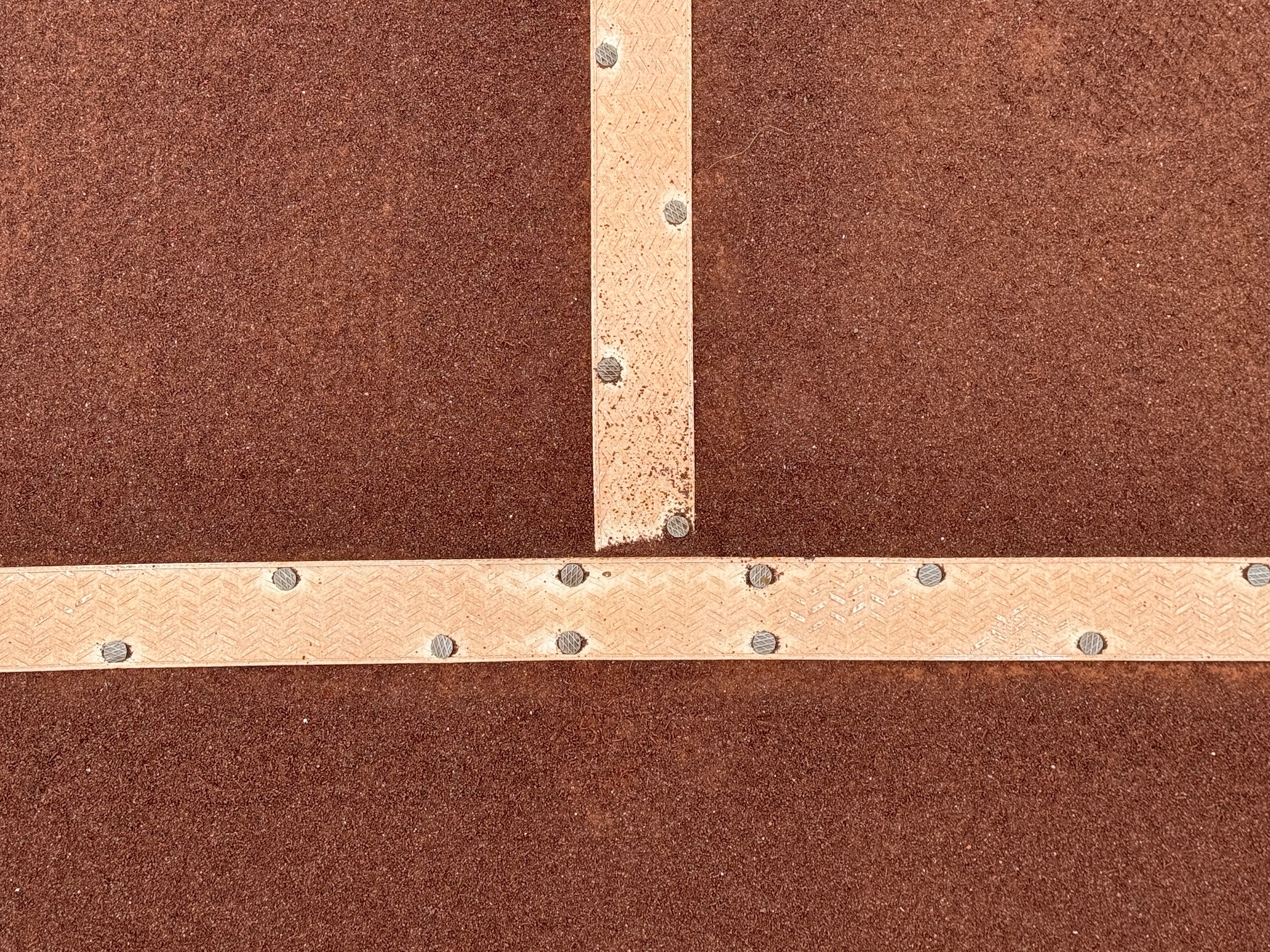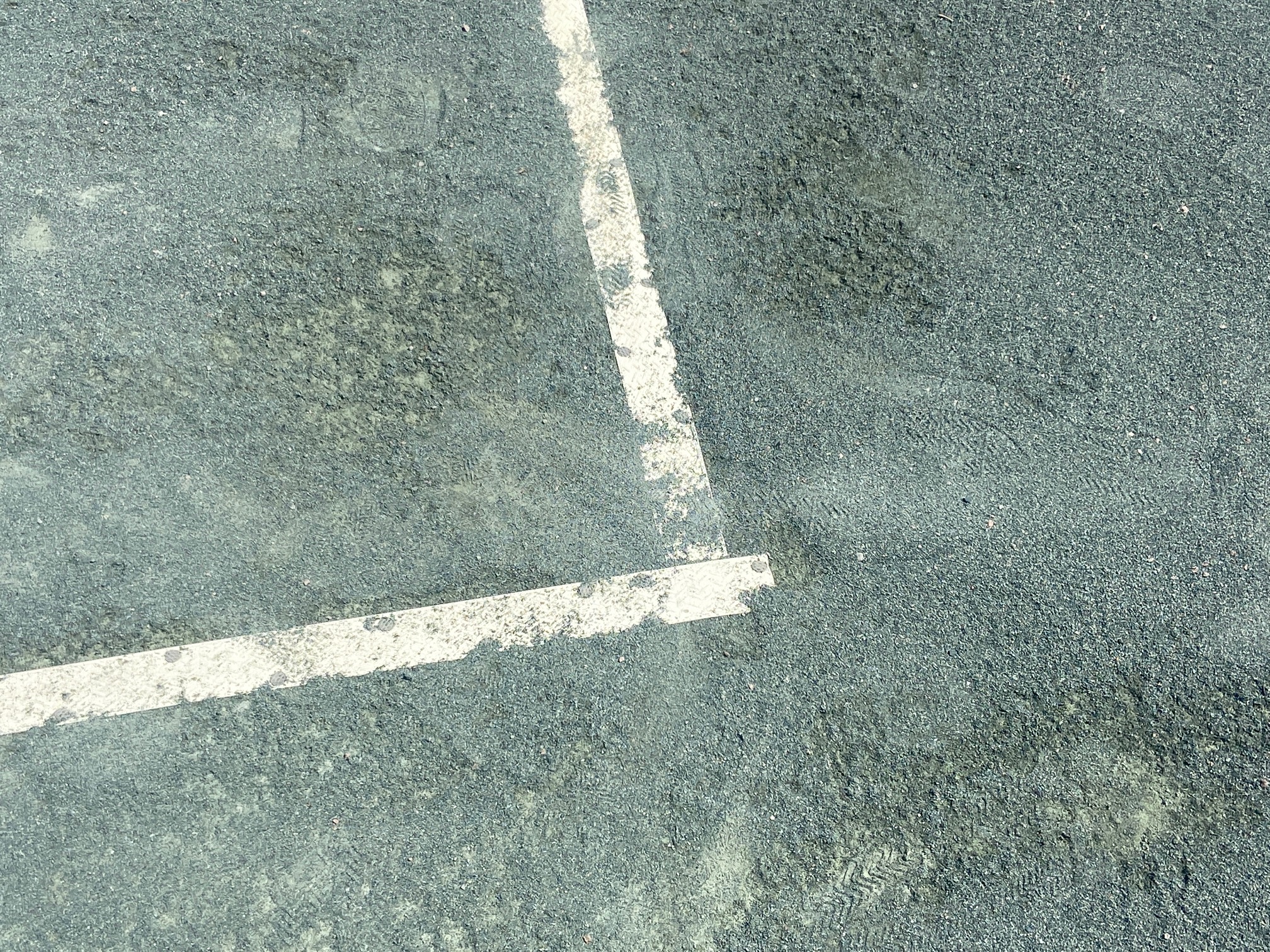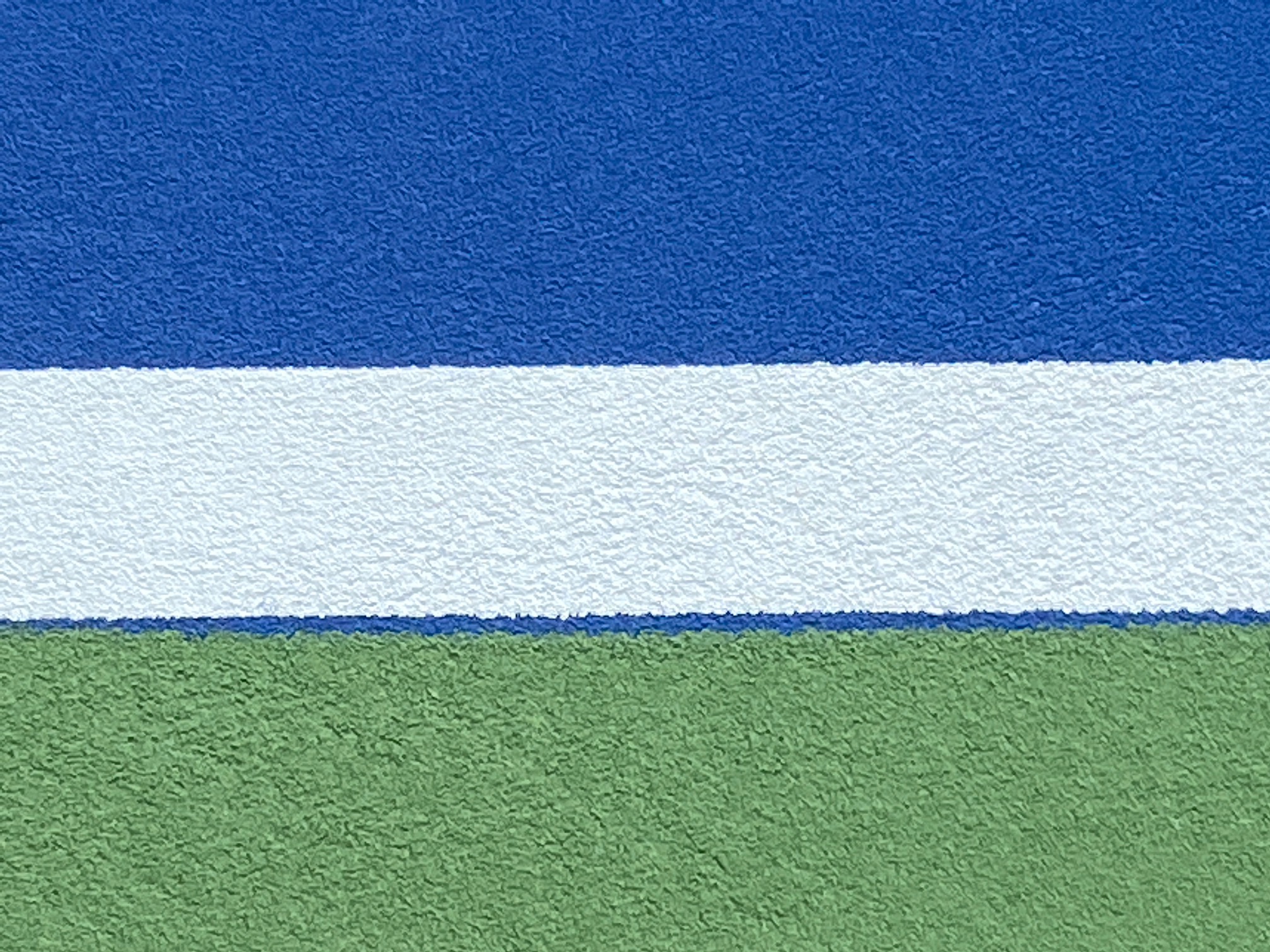Tennis players can be a superstitious and idiosyncratic lot. For example, some players believe in “lucky” tennis balls. Richard Gasquet is known for demanding the same ball back to serve after winning the preceding point. That means that the ball kids need to be on their toes to return it without causing excessive delay in the match. I am sure that Gasquet’s opponents occasionally get annoyed by his behavior. Dustin Brown is another contemporary male tennis pro known for the same practice.
On the WTA side, Conchita Martínez was a great example of a player who believed in the lucky ball. The former Wimbledon women’s champion would go to great lengths to retrieve it for her next serve following each winning point. Since Martínez played in the era before tennis implemented the “shot clock,” her insistence on receiving the lucky ball would sometimes introduce a significant break in the action.
At the Family Circle Cup tournament in 2004, Martínez’s insistence on having the lucky ball pushed her opponent Patty Schnyder over the edge. Schnyder purposely tracked down the ball after a losing point and tucked it into the ball pocket of her skirt. She refused to return it to the ball kids until after the subsequent point.
To say that the match got a little chippy, is an understatement. The drama only increased from that point and Schnyder even attempted to peg Martínez with a shot. After Martínez won the match, Schnyder gave her a “fake out” handshake. Harsh words spilled over into the locker room afterwards.
It was so newsworthy that ESPN SportsCenter did a segment on the match that illustrated some of the key moments including video of Schnyder pocketing the lucky ball. A YouTube video of that is embedded at the end of this post for anyone who wants to check it out for themselves.
I personally don’t subscribe to the lucky ball theory. However, I have been known to place a ball into time out for a few points following bad behavior. I also prefer to not use the double fault ball when serving the subsequent point. My greatest hope from this post is being regaled with tales of other tennis ball related superstitions and practices.
- Strange Habits of Successful Tennis Players, Christopher Clarey, The New York Times, June 21, 2008.




I recently had a singles opponent insist I not leave any balls against the fence directly behind the court. Apparently balls left against the fence but within the side lines distract him. Balls against the fence in the corners were ok. I tried to be amenable and keep my positive mindset but I did find tending to the balls in between points a slight distraction while I was serving. Was this gamesmanship on my opponent’s part? I’m not sure.
I have to admit I have the inverse habit but the concept is the same. If I double fault I have to use the third ball for the first serve as the other two have been “unlucky”. I never ever use a first serve ball that has faulted for the second serve for the same reason.
I have been known to set an offending ball down at the side of the court, and saying something like, “You just sit here a while and think about what you’ve done!”
I have played with two doubles partners that like to hold all three balls. At a tournament, our opponents refused to get my partner the third ball after the previous point ended(she picked it up, put it in her skirt and said she would hold it), and my partner refused to serve until she got the ball. After a little back and forth, the third ball was given and after match official was asked about it, and we were told, that the server can request the third ball before beginning serve and opponent must give it to them.
This is a great idea for a rules post, thanks!